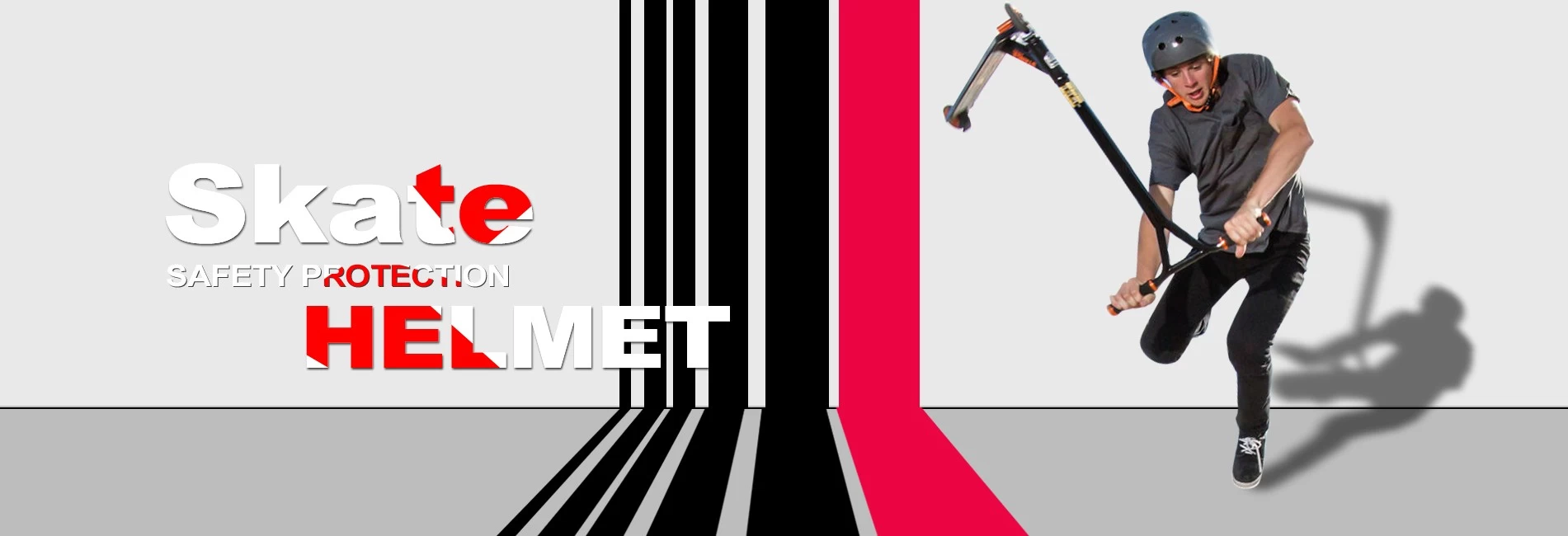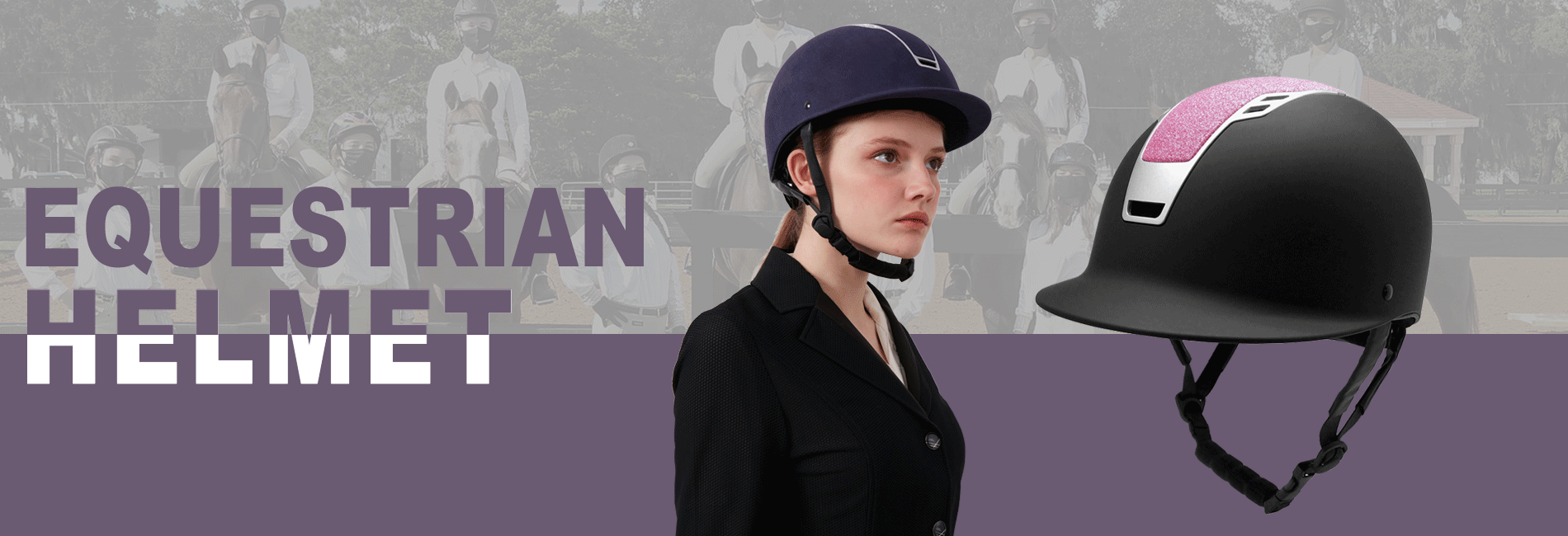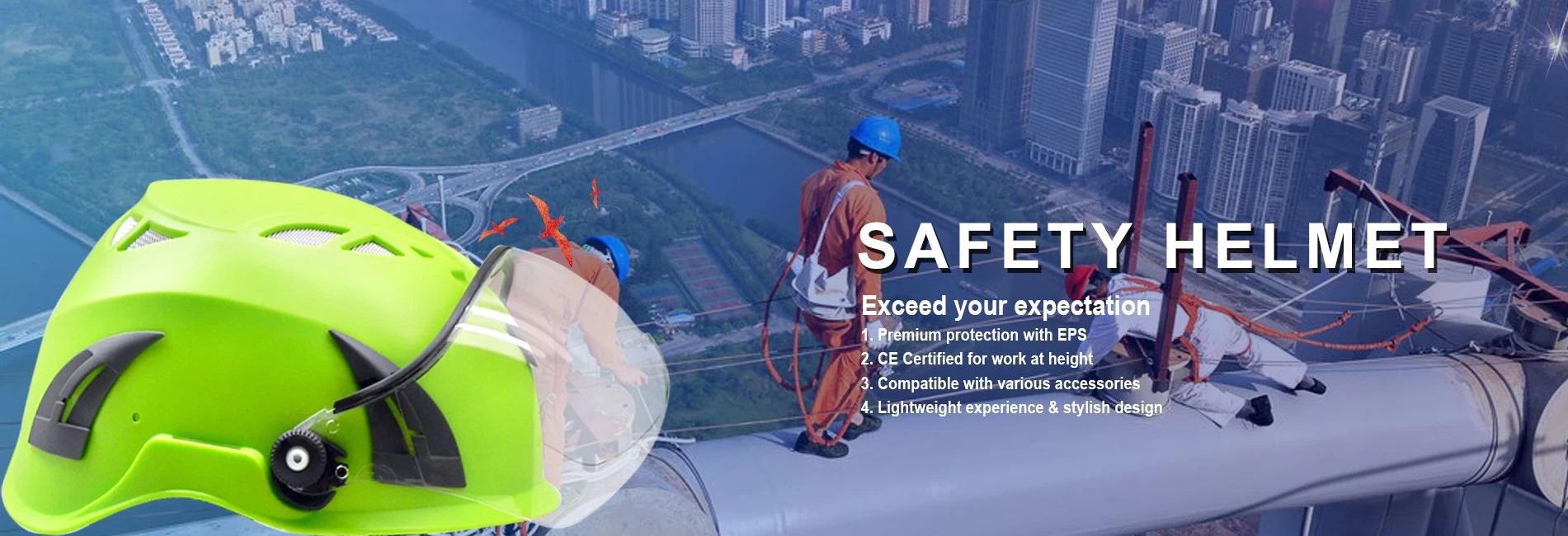Ice climbing helmet, Ice climbing knowledge
Helmet
supplier
2016-06-03 10:48:32
Ice climbing helmet is one of the essential tools for alpine climbing. Moving efficiently across mixed and ice terrain is a must to be efficient in the mountains. Ice climbing as a sport itself has exploded over the past ten years. There are now “ice fests” all across the country, and many folks attend these, take clinics, and try out all the new exciting gear.
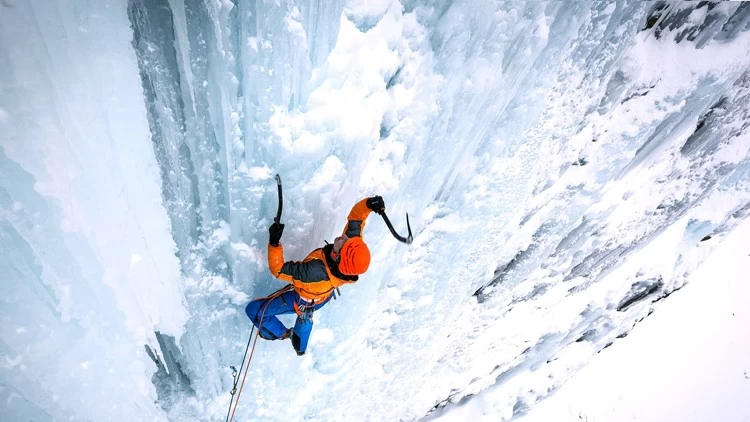
Vince Anderson was speaking at the Adirondack Mountain Fest this year and pointed out that probably the top 10% of the crowd of climbers could get up the hardest ice lines in the world. He then went on to say that it would be unlikely that even 1% of us could lead them. I would have to agree with that. I will try anything on top rope; put me on lead and my self-preservation starts to kick in. This is a no fall activity. Ice climbing is much more serious on the sharp end; it is in fact “a leader’s game.” The mental fortitude it takes to lead a more serious ice line is out of the realm of most ice climbers. This is because we are pushing the line between soloing and having a rope on. If every rock climber had to start soloing instead of placing protection on lead, we would see a huge number of people who would only top rope most climbs (me included). Due to this, leading hard ice pitches puts you in a state of focus you can’t get when the rope is above you. It is a game I like to play!
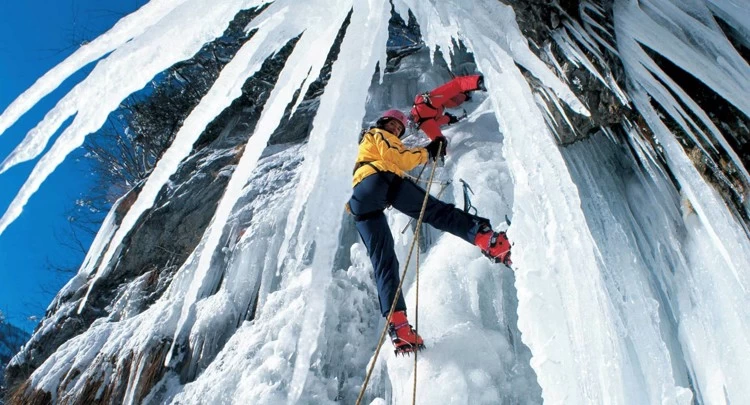
Because ice is always changing -- melting, shifting, expanding, cracking -- any route that's made up of ice is difficult to assign a grade to. And because ice can change from year to year, an ice climbing route may have a different grade than it did in previous years. Because of this, ice climbing grades focus mainly on the steepness of the climb and the technical ability required to make the ascent.
In the U.S., there are three grading systems used to measure climbing on three different types of ice: water ice (WI), alpine ice (AI) and mixed ice (M).
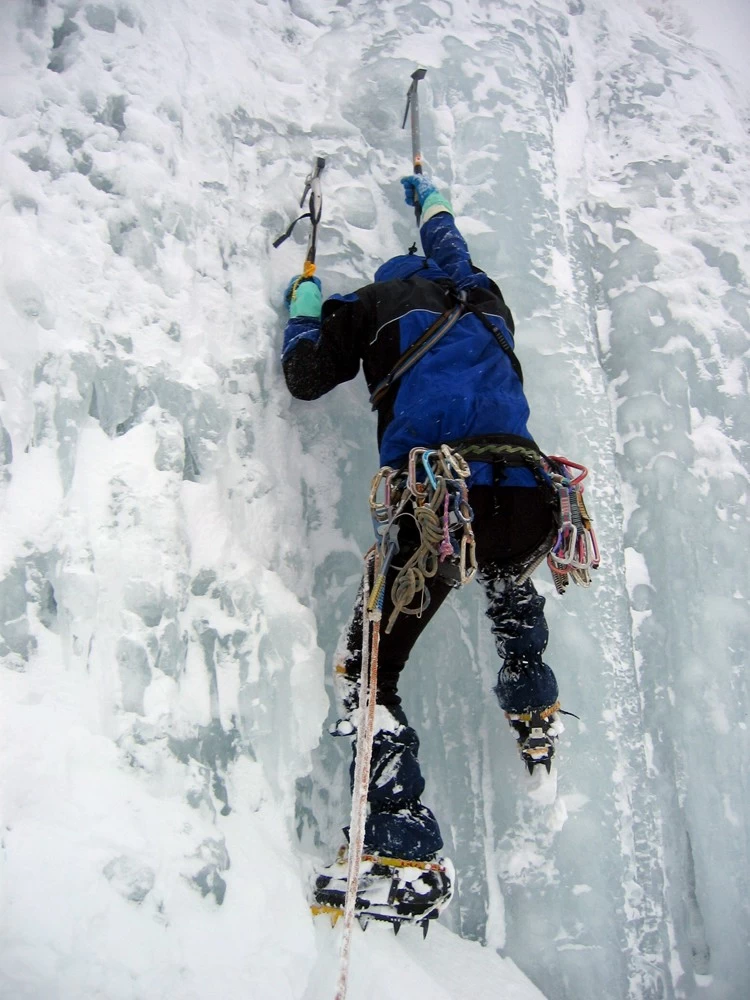
Ice climbing involves strength, control and finesse. There is an element of danger as well.If you want to know more about Ice climbing knowledge, please visit our website: www.helmetsupplier.com

Vince Anderson was speaking at the Adirondack Mountain Fest this year and pointed out that probably the top 10% of the crowd of climbers could get up the hardest ice lines in the world. He then went on to say that it would be unlikely that even 1% of us could lead them. I would have to agree with that. I will try anything on top rope; put me on lead and my self-preservation starts to kick in. This is a no fall activity. Ice climbing is much more serious on the sharp end; it is in fact “a leader’s game.” The mental fortitude it takes to lead a more serious ice line is out of the realm of most ice climbers. This is because we are pushing the line between soloing and having a rope on. If every rock climber had to start soloing instead of placing protection on lead, we would see a huge number of people who would only top rope most climbs (me included). Due to this, leading hard ice pitches puts you in a state of focus you can’t get when the rope is above you. It is a game I like to play!

Because ice is always changing -- melting, shifting, expanding, cracking -- any route that's made up of ice is difficult to assign a grade to. And because ice can change from year to year, an ice climbing route may have a different grade than it did in previous years. Because of this, ice climbing grades focus mainly on the steepness of the climb and the technical ability required to make the ascent.
In the U.S., there are three grading systems used to measure climbing on three different types of ice: water ice (WI), alpine ice (AI) and mixed ice (M).

Ice climbing involves strength, control and finesse. There is an element of danger as well.If you want to know more about Ice climbing knowledge, please visit our website: www.helmetsupplier.com



